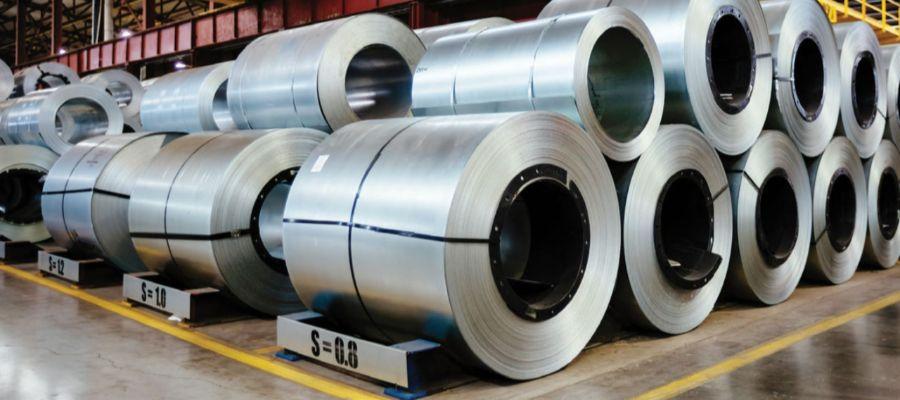By 2047, India wants to produce 500 million metric tonnes (MMT) of steel annually, which is a huge target. This goal signifies a threefold increase from the existing output of roughly 160–165 MMT and is crucial for the country's industrial aspirations.
The Goal: Increasing Production While Maintaining Sustainability
The plan isn’t just about ramping up numbers, it’s about doing so responsibly:
- Emission reductions: India aims to lower emissions intensity to 2.25 tonnes of CO₂ per tonne of crude steel (T/tcs) by FY 2029, down from around 2.5 T/tcs, with further improvements by 2047.
- Enhanced scrap usage: The share of steel produced from recycled scrap is projected to rise from about 30–35% today to 50% by 2047, supporting the nation's green-steel initiative and reducing environmental footprint.
Strategic Enablers: What Will Drive the Growth?
Several strategic steps are essential to meet the lofty target:
- Raw material security: Odisha, rich in iron ore, is spearheading efforts to expand mining infrastructure and ease supply bottlenecks, with plans to auction around 30 iron ore blocks this year.
- Massive investment flow: The government estimates a staggering ₹10 lakh crore investment will be needed to hit the 300 MMT by 2030 milestone, with even more capital required to scale up to 500 MMT by 2047.
- Digital and technological innovation: Plans include increasing investments in process automation and digital tools from US$1–1.2 billion (2024) to $2.3–2.7 billion by 2030, bringing efficiency and environmental compliance to the fore.
The Roadmap to 2047
| Timeline | Production Target | Emission Intensity Target (T/tcs) | Scrap Usage Share |
|---|---|---|---|
| Now (~2025) | ~160–165 MMT | ~2.5 | 30–35% |
| FY 2029 | — | 2.25 | — |
| FY 2030 | 300 MMT | — | — |
| FY 2047 | 500 MMT | Further reductions (below 2.25) | 50% |
Environmental and Global Implications
India’s steel expansion is critical for its economic and infrastructural development. However, reliance on coal-intensive technologies could pose environmental risks. Steel production already accounts for up to 12% of India’s total emissions, and unchecked growth could double that share.
The government's decarbonization strategy emphasises:
- Green steel classifications, with top-tier steel having emissions below 1.6 T/tcs and general green steel below 2.2 T/tcs.
- A mandate that government projects use green-rated steel starting from 2027–28, signalling policy alignment with sustainable industry growth.
Conclusion
India's goal to produce 500 million tons of steel by 2047 is a declaration of will for the future of the country, not just an industrial goal. By embracing cleaner technology, increasing recycling, and promoting digital transformation, it strikes a balance between ambition and environmental responsibility. Bold investments, efficient supply chains, and legislative frameworks that encourage the production of greener steel are all necessary for success.
For updates and additional information, follow on social media platforms.

